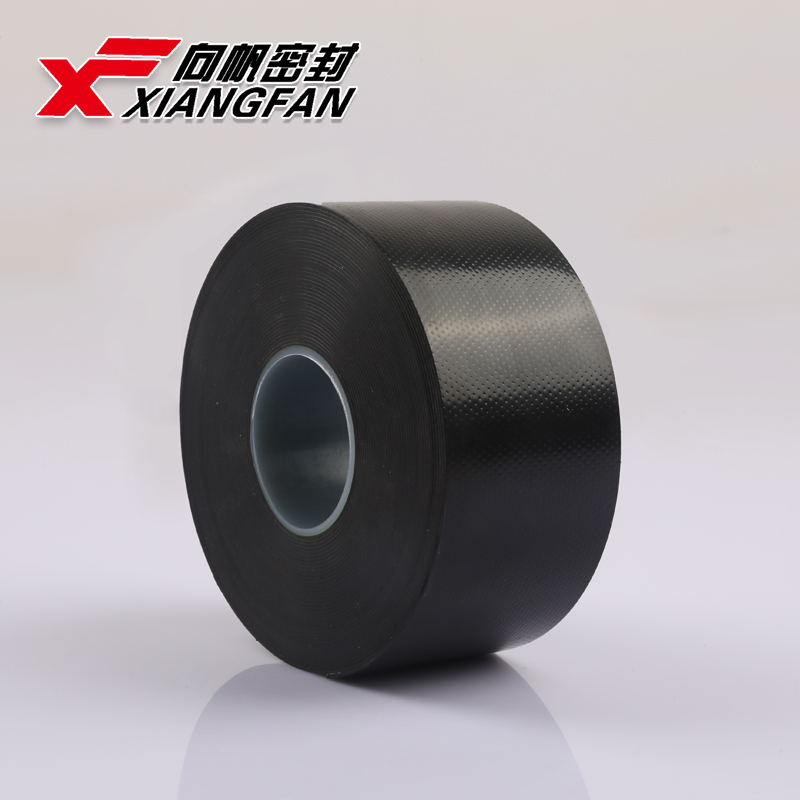Foam Weather Stripping for Windows A Comprehensive Guide
When it comes to home energy efficiency, one often-overlooked yet crucial element is the condition of windows. Windows can be a significant source of energy loss if they are not properly sealed. Fortunately, foam weather stripping offers a simple, effective solution to enhance insulation and ensure that your home remains comfortable while reducing energy costs.
Understanding Foam Weather Stripping
Foam weather stripping is a type of insulation material typically made from soft, compressible foam. This material is designed to fit snugly in the gaps around windows and doors, providing a barrier against drafts, moisture, and temperature fluctuations. The use of foam weather stripping is particularly popular due to its affordability, ease of installation, and versatility.
Foam weather stripping comes in various forms, including adhesive-backed strips that can be easily applied without the need for special tools. It is available in different widths and thicknesses, catering to various applications and ensuring a perfect fit on your window frames.
Benefits of Foam Weather Stripping for Windows
1. Enhanced Energy Efficiency One of the primary benefits of foam weather stripping is its ability to minimize air leakage. By sealing the gaps around your windows, it helps maintain a consistent indoor temperature, reducing the need for heating and cooling systems. This, in turn, leads to lower energy bills and a smaller carbon footprint.
2. Improved Comfort Drafty windows can create uncomfortable living conditions, leading to chilly spots in winter and warm spots in summer. Foam weather stripping eliminates these drafts, contributing to a more uniformly comfortable home environment.
3. Moisture Prevention In addition to airflow, foam weather stripping can also help prevent water infiltration, reducing the likelihood of mold growth and damage to wood structures. This makes it an essential component in protecting the longevity of your windows and overall home integrity.
4. Sound Dampening Foam weather stripping can also help reduce noise transmission from outside, creating a more peaceful indoor atmosphere. This can be particularly beneficial for homes located in noisy urban areas or near busy streets.
foam weather stripping windows

Installation Process
Installing foam weather stripping around your windows is a straightforward DIY project that can significantly increase your home’s energy efficiency. Here’s how to do it
1. Measure the Gaps Start by inspecting your windows for any gaps where drafts may be entering. Use a measuring tape to determine the lengths where you will apply the foam weather stripping.
2. Choose the Right Foam Based on your measurements and the specific requirements of your windows, select an appropriate foam weather stripping product. Consider factors like thickness, adhesiveness, and weather resistance.
3. Clean the Surface Before applying the foam, clean the surface around the window frame to ensure proper adhesion. Remove any old stripping or debris and make sure the surface is dry.
4. Apply the Foam Peel off the adhesive backing and press the foam firmly into place, ensuring a tight seal. Be cautious to avoid stretching the foam too much, as this can affect its ability to compress properly.
5. Test the Seal After installation, test by feeling for any drafts or movement of air. If there are areas that still allow air to pass, consider adding additional strips or adjusting the foam as needed.
Conclusion
Foam weather stripping is a highly effective, cost-efficient solution for improving the energy efficiency of your home through better window insulation. By reducing drafts, preventing moisture infiltration, and enhancing comfort, this simple product can make a significant difference in your home’s overall performance. Investing a little time and effort into installing foam weather stripping will not only lead to lower energy bills but also create a more welcoming and comfortable living space.
-
XIANGFAN Rubber Tape-Ultimate Solutions for All Your Insulation NeedsNewsJun.24,2025
-
XIANGFAN Rubber Tape-Protection for Industrial and Residential ApplicationsNewsJun.24,2025
-
XIANGFAN Rubber Tape: Superior Safety and Sealing for Demanding EnvironmentsNewsJun.24,2025
-
XIANGFAN Rubber Tape: Reliable Solutions for Every Electrical ChallengeNewsJun.24,2025
-
XIANGFAN Electrical & Industrial Tape: Powering Reliability Across IndustriesNewsJun.24,2025
-
XIANGFAN Electrical & Industrial Tape: Excellence in Every ApplicationNewsJun.24,2025
